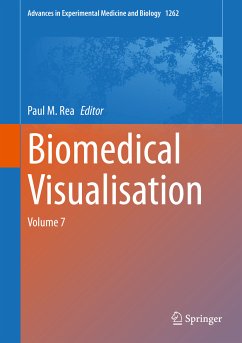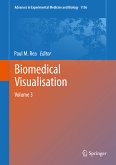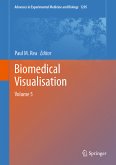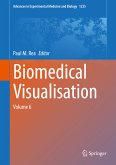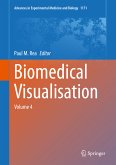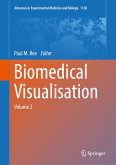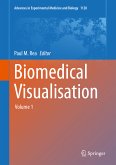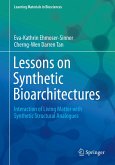The reader will be able to explore the utilisation of technologies from a number of fields to enable an engaging and meaningful visual representation of the biomedical sciences, with a focus in this volume related to anatomy, and clinically applied scenarios.
All chapters in this volume feature collaborative and innovative postgraduate research projects from graduate students of the MSc Medical Visualisation and Human Anatomy. This pioneering, world-leading postgraduate taught degree program is a joint partnership degree between the School of Life Sciences within the College of Medical, Veterinary and Life Sciences in the University of Glasgow,and the School of Simulation and Visualisation, The Glasgow School of Art. These chapters truly showcase the amazing and diverse technological applications that have been carried out as part of their research projects.
Dieser Download kann aus rechtlichen Gründen nur mit Rechnungsadresse in A, B, BG, CY, CZ, D, DK, EW, E, FIN, F, GR, HR, H, IRL, I, LT, L, LR, M, NL, PL, P, R, S, SLO, SK ausgeliefert werden.

